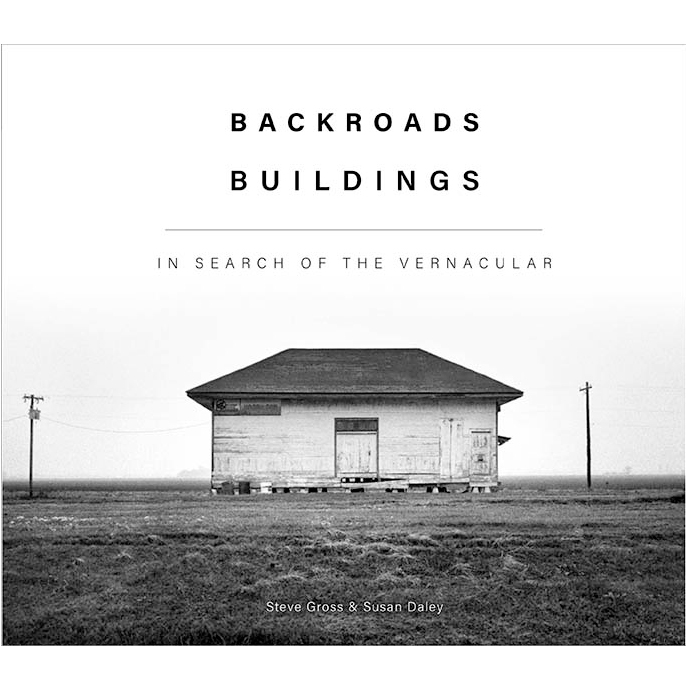From New England to the Deep South, photographers
Susan Daley and Steve Gross have captured more than 100 forgotten buildings along America's old auto routes. Isolated in full-color and black-and-white portraits, the roadside cafés, feed stores, grange halls, juke joints, and general stores are a poignant reminder of the ingenuity of local building practices and working-class culture during the years between the Civil War and the Great Depression. With their humble beauty and distinctive character, these once-useful structures infuse the American landscape with a strong sense of place. This collection of buildings preserves a sampling of our country's architecture heritage and encourages travelers to slow down and notice the details.
Preface
A light rain was falling on a chilly December morning as we drove south from Memphis.
We had flown in earlier that week to shoot a feature story for a magazine but now with a few days to roam the Mississippi Delta's long flat expanse of roads in a rental car with an ample supply of film we were meandering along, open to what the day would bring.
Somewhere outside of Dundee, distant across a muddy field, a lonely building came into view.
Stoic in its presence and clearly unused for many years it seemed somehow out of place yet perfectly situated. It appeared more to be than just a farm shed but not quite a barn, its hipped roof suggesting a railway building, but where were the tracks? We stopped and made a photograph in the mist. Years later we found out that it had been an old train depot built in 1895 and that W.C. Handy used to play there. After the railroad tracks were torn up, it was used to store grain until finally it was moved to nearby Tunica to become the visitors center for a Blues Museum.
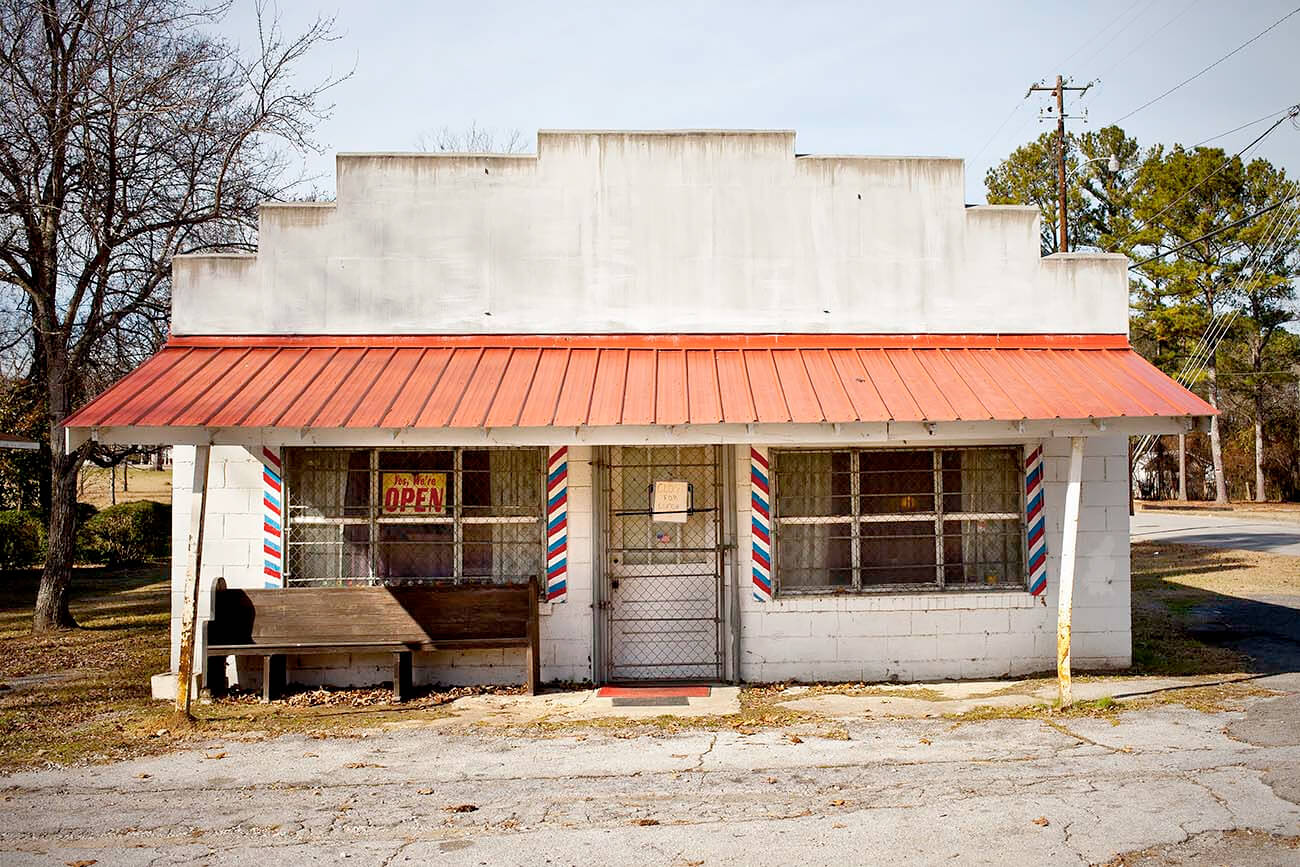
© Steve Gross & Susan Daley
On another road trip we came upon a deserted Brigadoon- like truck farm complex of weathered buildings near Beaufort S.C., with what appeared to be a general store, post office, barns & warehouses, all sited beyond a leaning sign reading “Pavement Ends”. This we found was the McLeod Farmstead, one of the best surviving examples of truck farming in the state. Active from 1880's to the 1960's, local farmers could bring their produce to be sorted, packed and shipped to markets by boat, train and truck. Although now in perilously derelict condition, a portion of the large tract of land is still farmed by the great-great grandson of the original owner.
What is it that draws us to old buildings like these? There's a bittersweet ambiance to rounding a bend and suddenly coming upon a tilting old wooden church or shuttered general store on a lonely stretch of road. We passed by filling stations with sagging screen doors and rusty gas pumps, 'Feed and Seed' stores with faded signs and broken windows and the peeling white paint seen on Lowcountry Praise Houses and fraternal organizations where Masons and Odd Fellows once met. We wanted to know the history of each derelict or abandoned building, who had made it and why it had been left to slowly disintegrate.
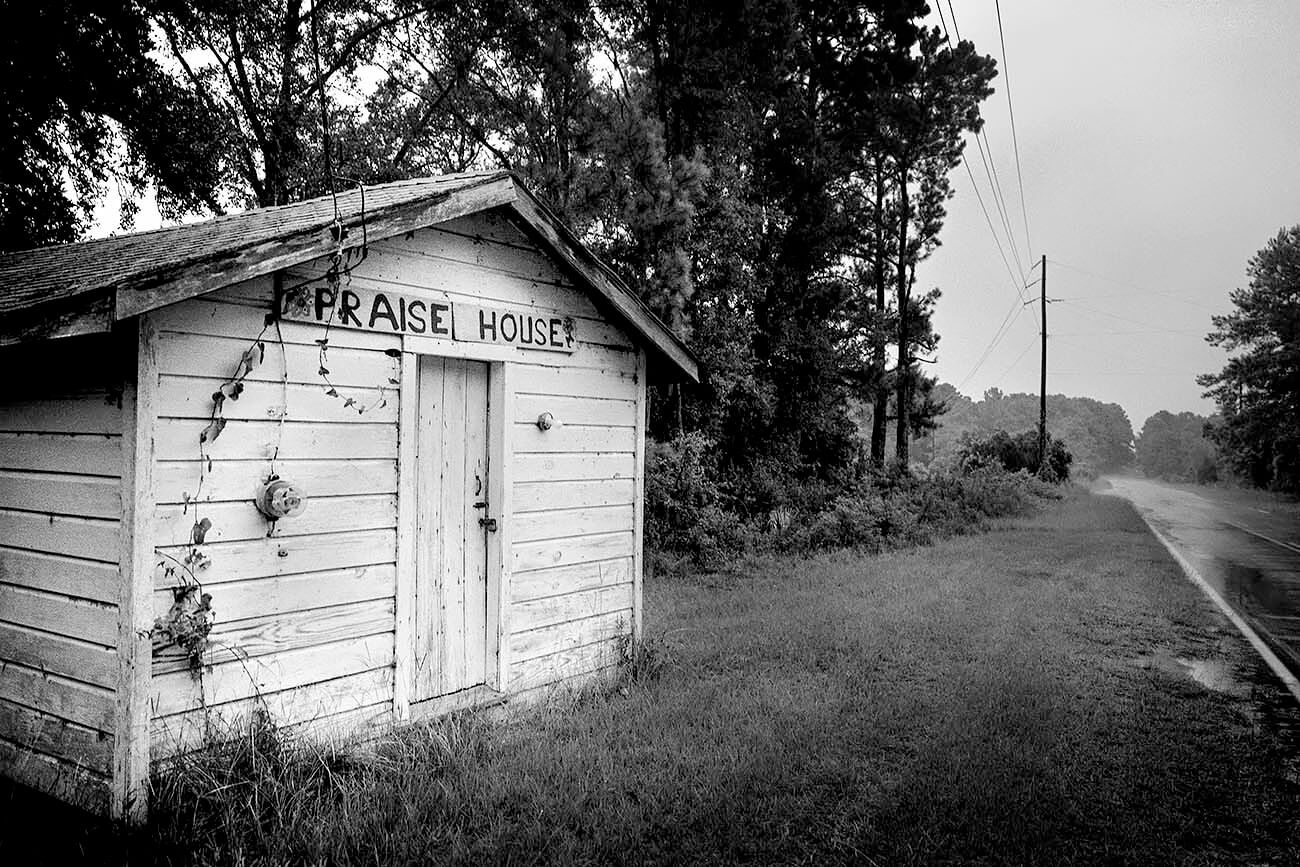
© Steve Gross & Susan Daley
Our search took us down many back roads, through lost hamlets and hollows from Oak Hill, NY to Oak Hill, Alabama. The series of images we were making gradually came to feel like an examination of a parallel universe, one that often goes unnoticed and is rapidly disappearing, and yet, amazingly, at the same time, is still surviving. Juke joints, dance halls, boarding houses and farm granges all once served as places for people to gather; they now seem quaint, if not obsolete.
The rickety, devolving structures related a history of hard work, ingenuity and respect for the function of things, along with a creative imagination expressed in whimsical touches. With their walls and roofs patched with salvaged materials that happened to come to hand over time, they were signposts and relics of a shared collective memory. Details such as hand- cut tin awnings, scroll- cut gingerbread decoration and signage painted by the itinerant mural painters called wall dogs are incongruent and rarely seen in today's commercial landscape. These vintage buildings feel very personal and intimate, almost sculptural, compared to the franchised dull sameness found off most interstate exit ramps today. With their modest proportions and endless unique variations, these buildings that were intended merely to be useful and simply serve one's local community now seem almost exotic in their folksy unpretentiousness and lucid innocence.
As time passes many of these sweetly dilapidated buildings will be lost to nature or development; a lucky few will be reclaimed, restored or reused. Yet, for now, they are there to be discovered by those who can appreciate their humble beauty.
been photographing these buildings for many years on our travels in examination of the changing American landscape and to document for their aesthetic & cultural value
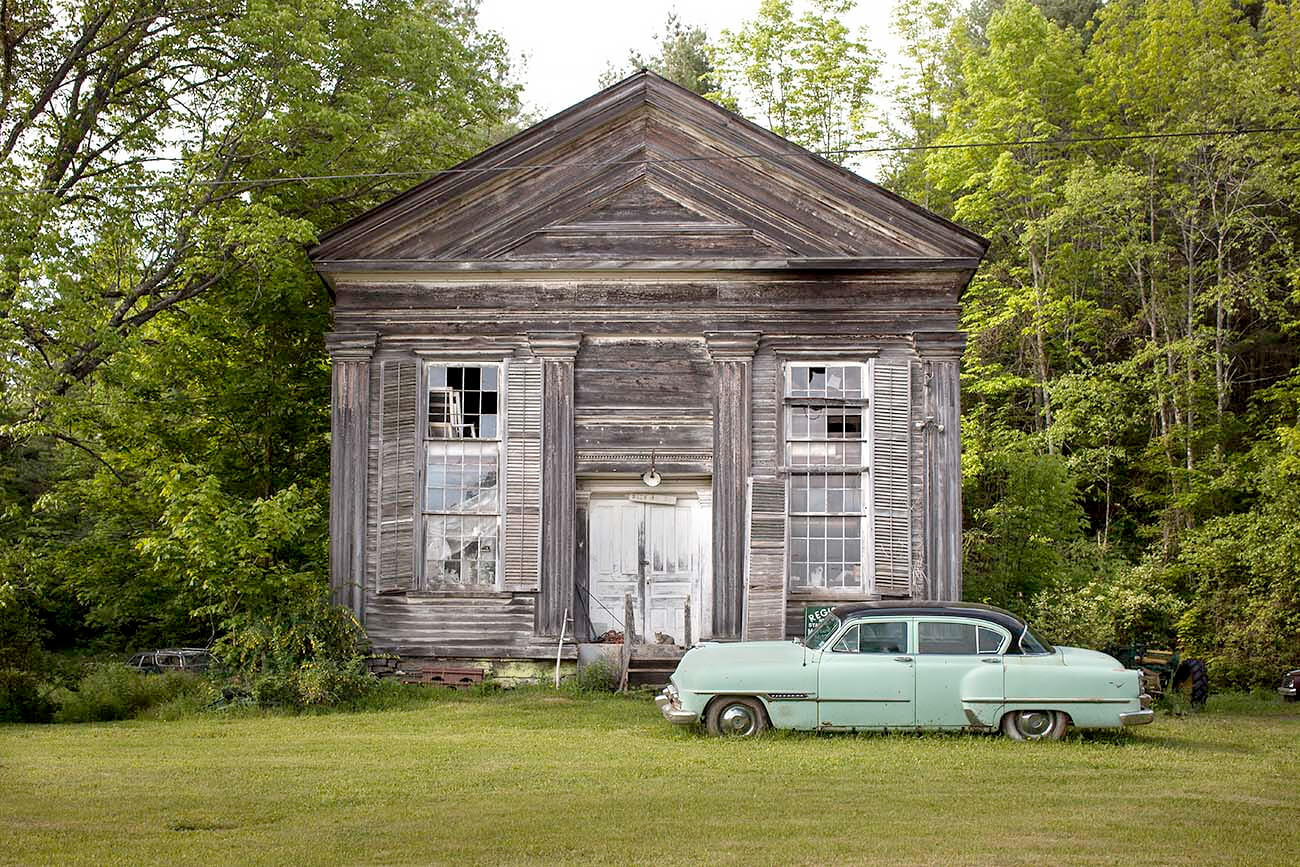
© Steve Gross & Susan Daley
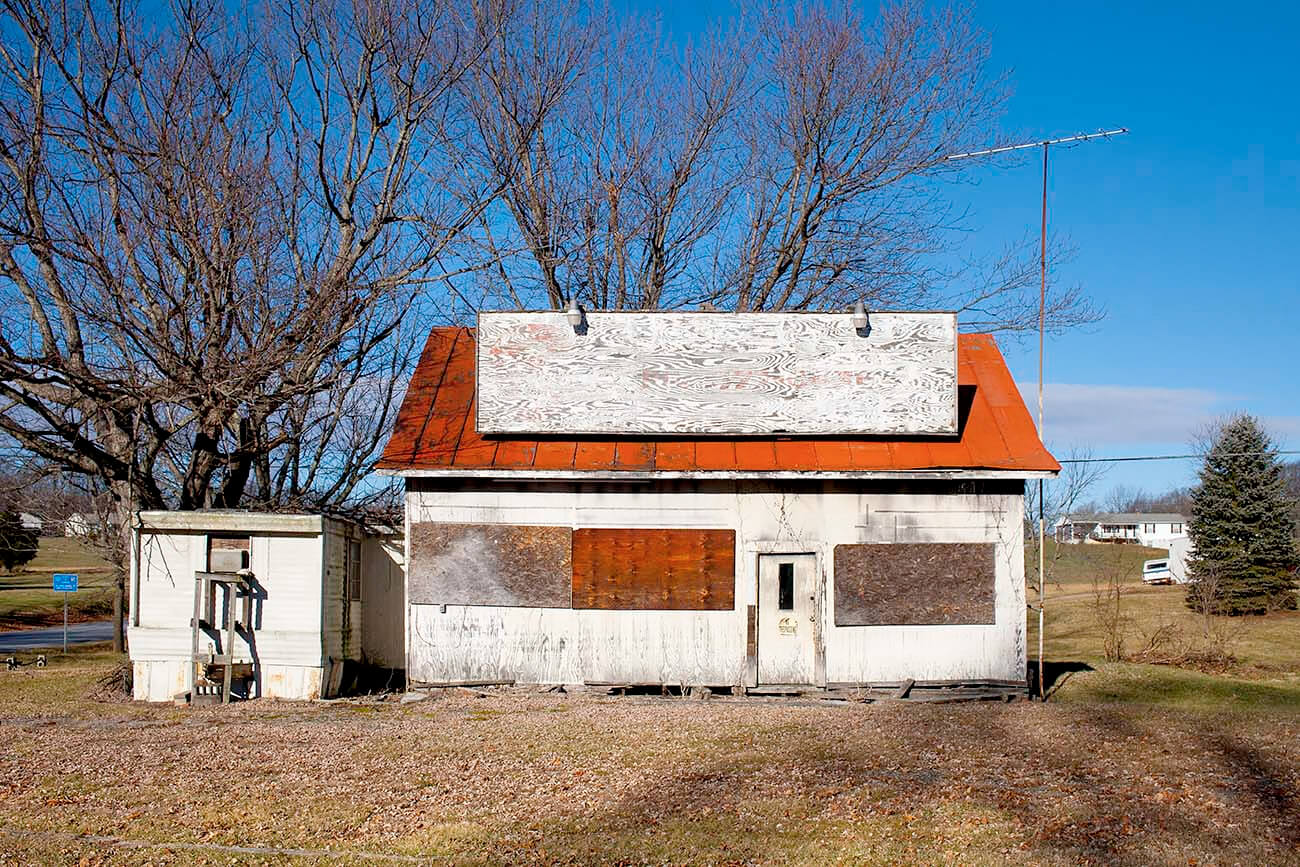
© Steve Gross & Susan Daley
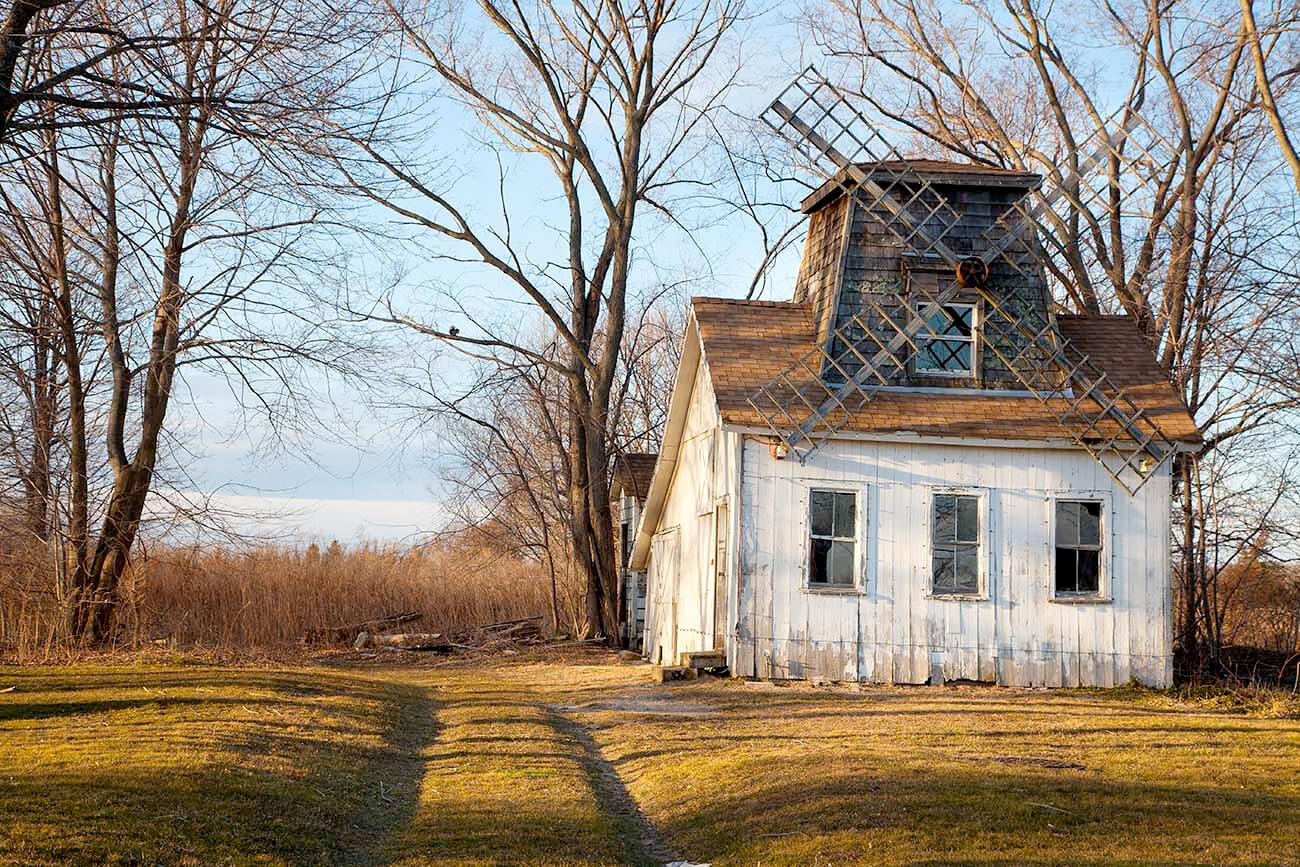
© Steve Gross & Susan Daley
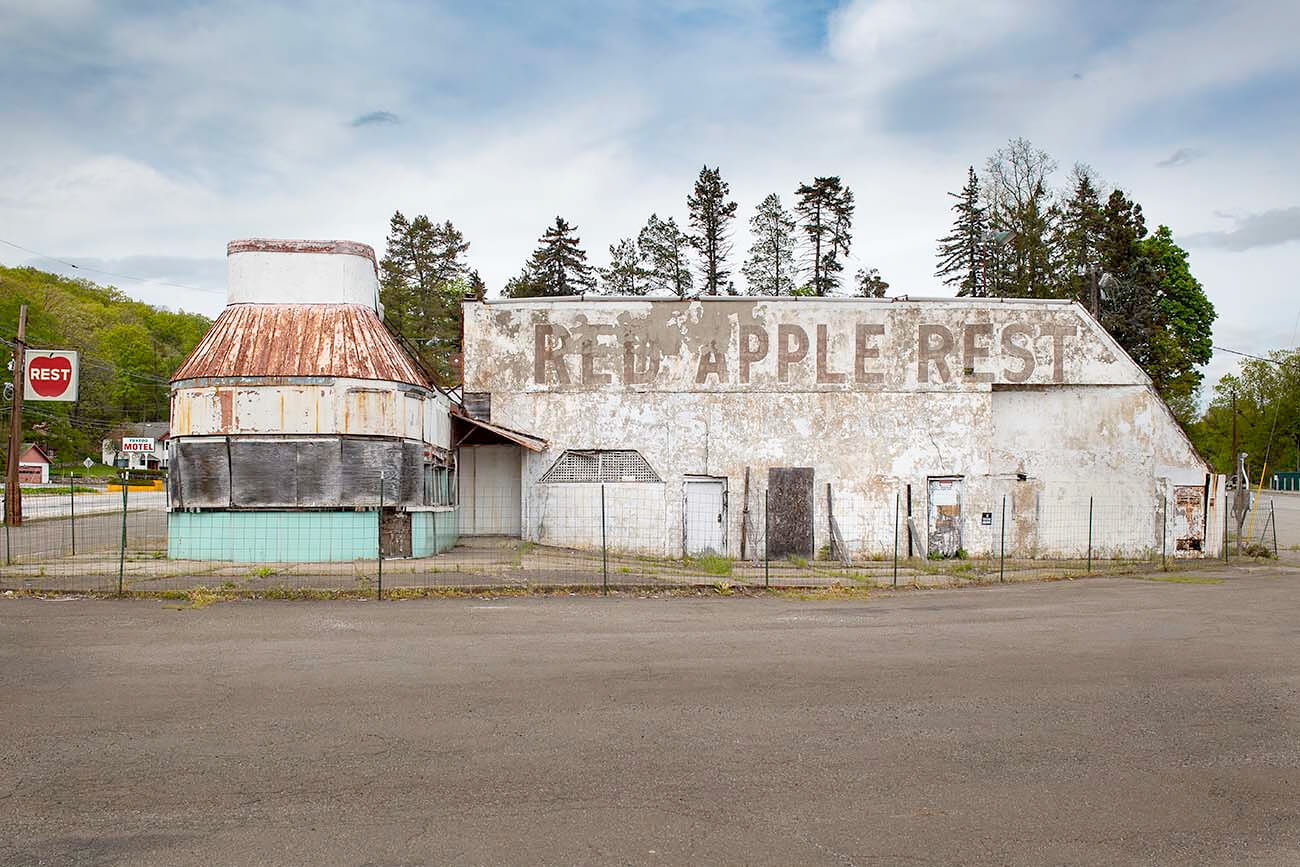
© Steve Gross & Susan Daley
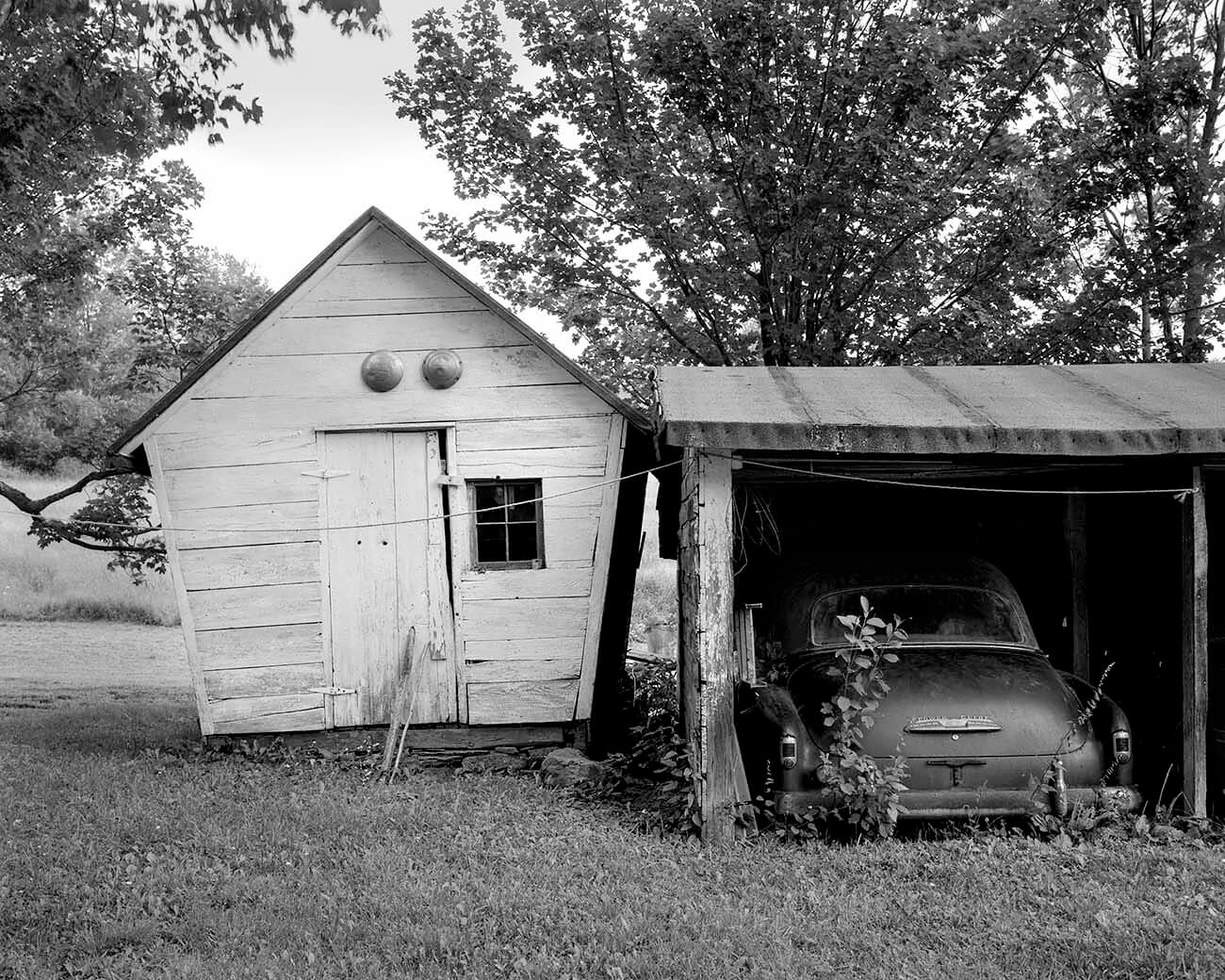
© Steve Gross & Susan Daley
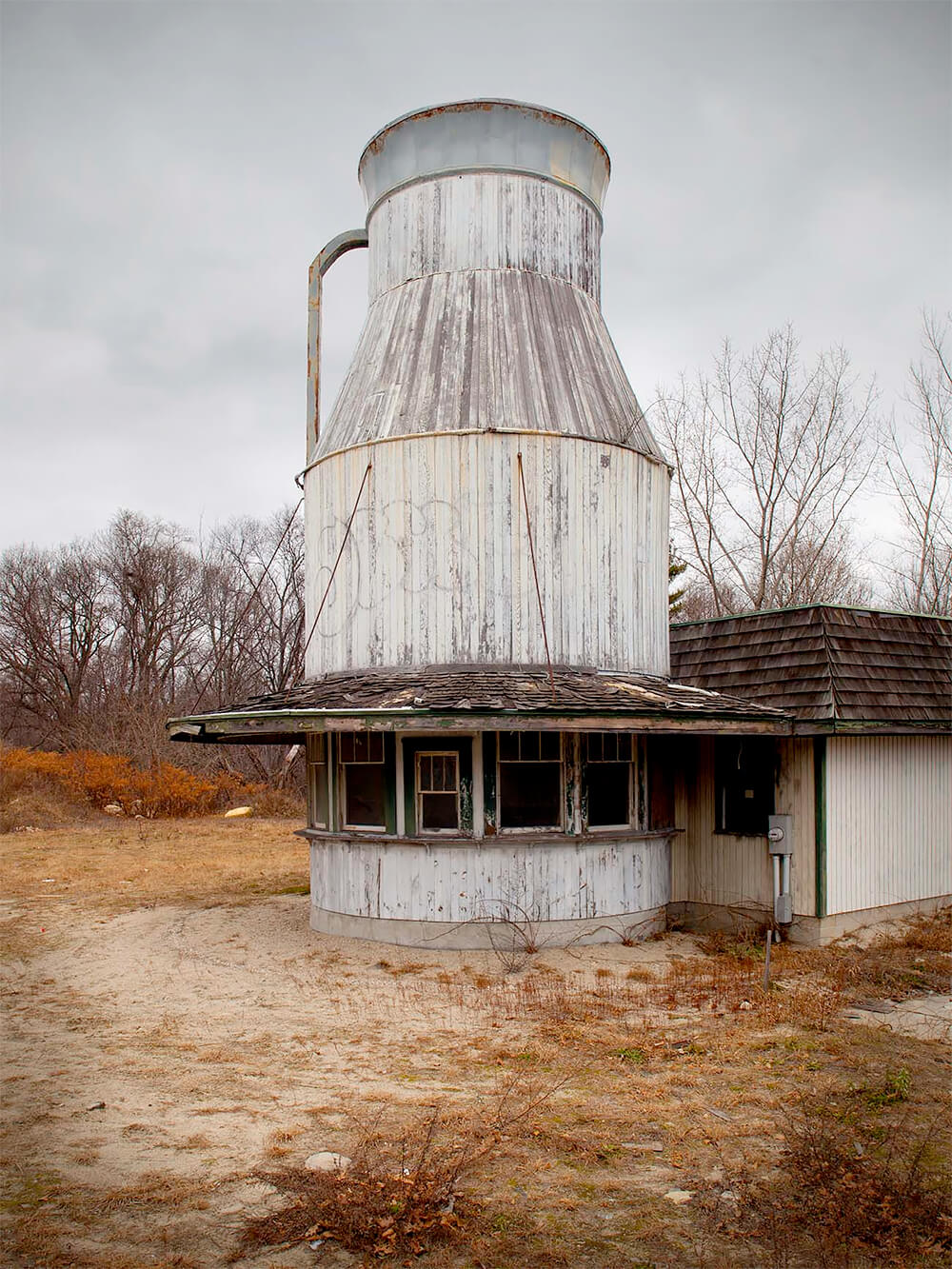
© Steve Gross & Susan Daley
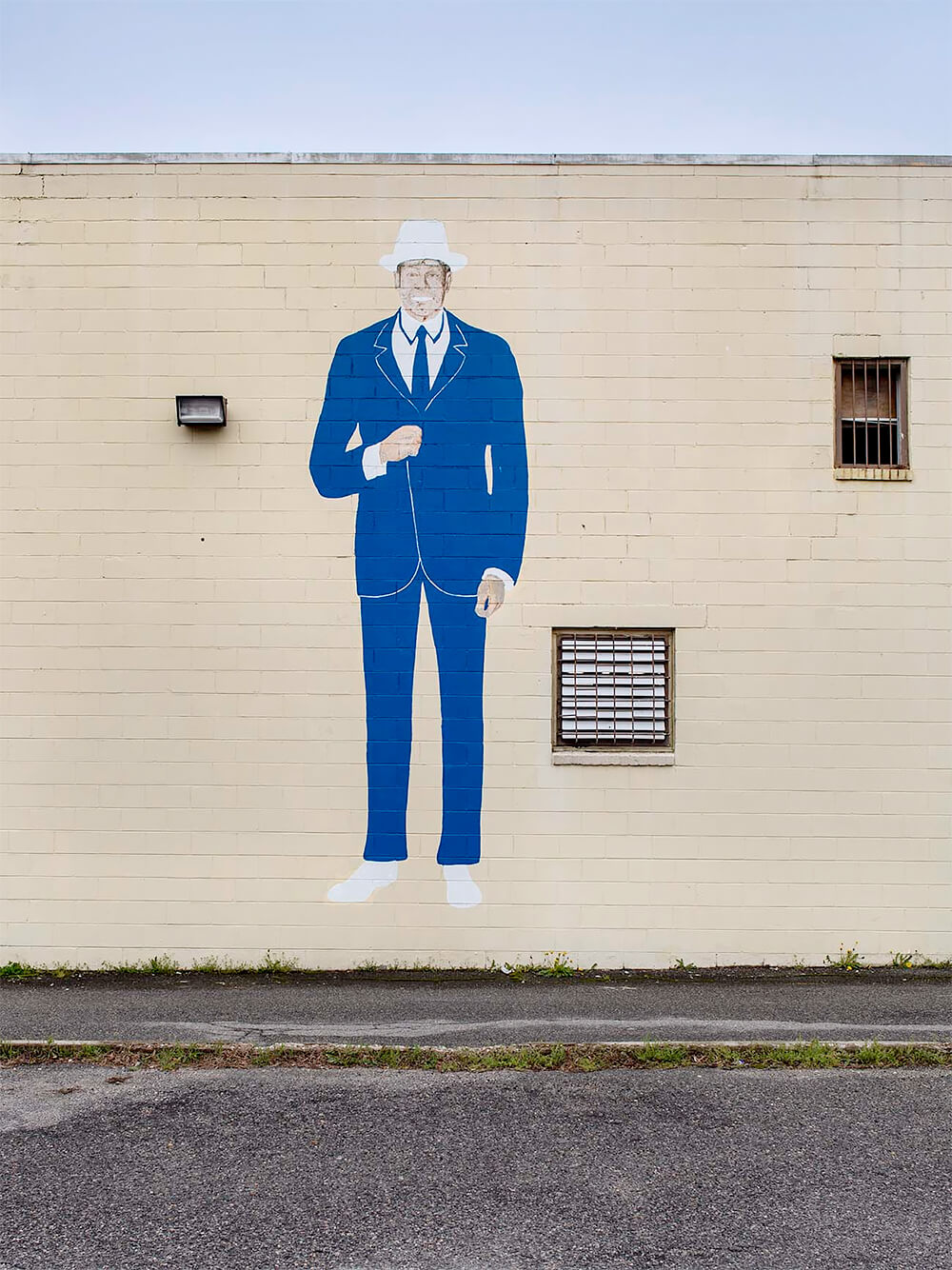
© Steve Gross & Susan Daley
